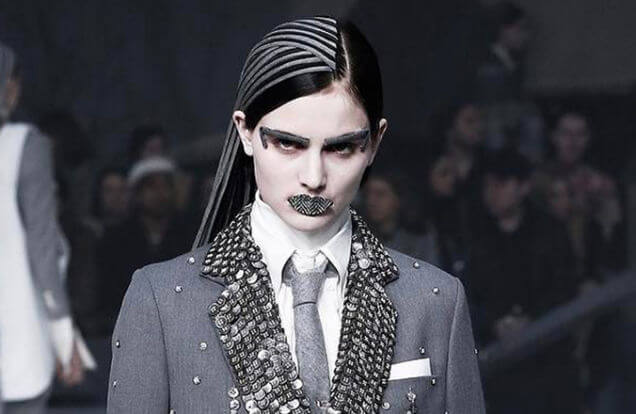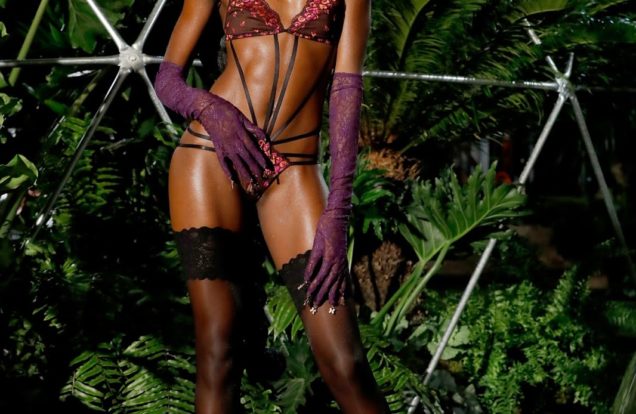NEW YORK FASHION WEEK 2020
The Show Must Go On…

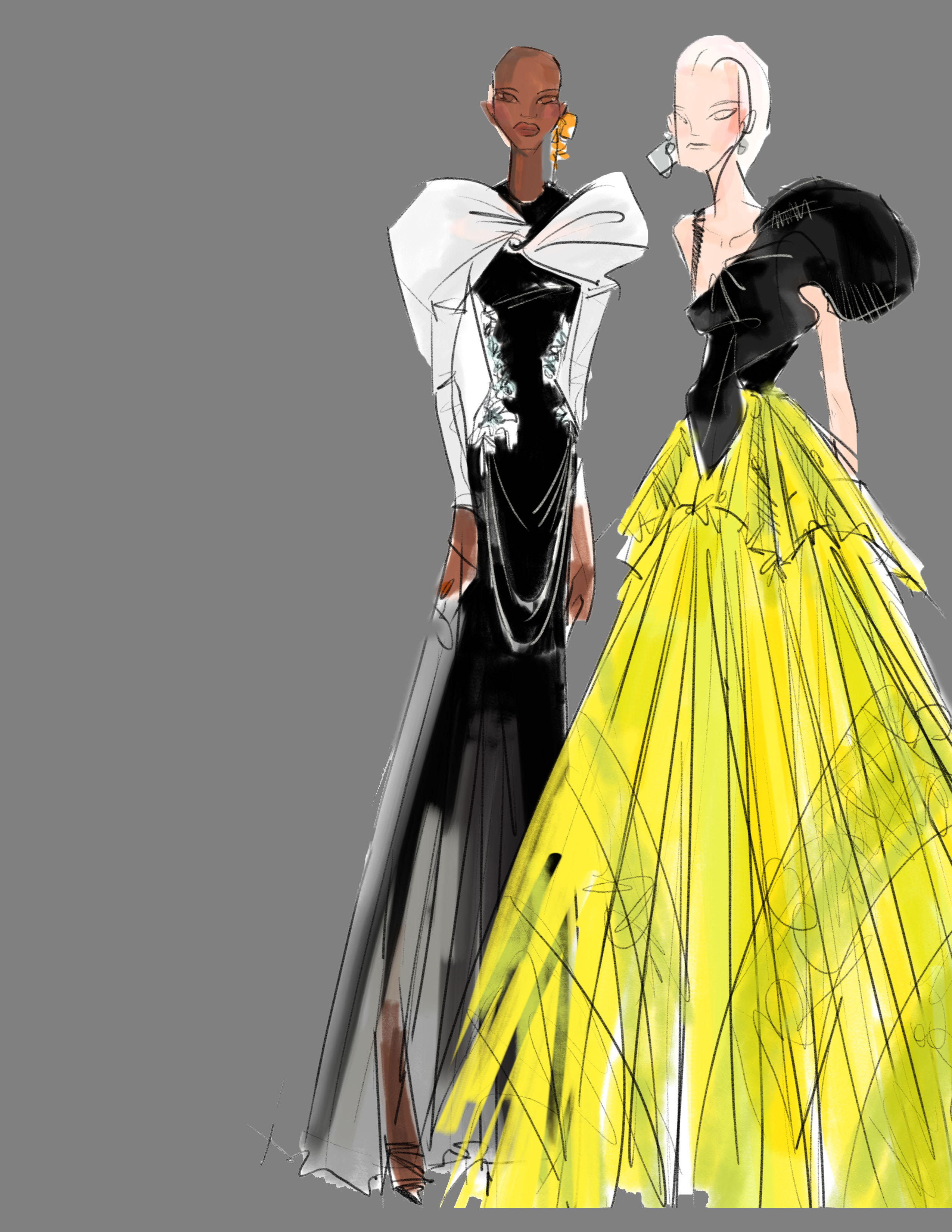
For a week in September, the buzz around town is New York Fashion Week. From around the world, the who’s who of fashion descend on Manhattan to view the upcoming spring collections, forge business relationships, make deals, and socialize with influencers. Notable designers get top models to walk in their show and fill every seat in the house. Emerging designers spend a lot of money to be there and get noticed. But this year, of course, is different. The global pandemic has changed the venue with strict mandates put in place by NY Governor Andrew Cuomo—and while the show will go on, will this reimagined fashion week change the future of fashion weeks to come?
New York City has long been America’s fashion capital, ranking up there with Paris, London, and Milan. Back in 1943, there were exclusive fashion shows organized for the press by publicist Eleanor Lambert. Later, designers unveiled their collections at different locations around town until Fern Mallis, the former Executive Director of the CFDA (Council of Fashion Designers of America), recognized the need for an organized and centralized venue. The event came to be known as New York Fashion Week. “When I was hired and selected to be the director of the CFDA back in 1991, Michael Kors had a show in an empty loft space. And the ceiling started to crumble when the bass music went on, and it fell on all the supermodels’ shoulders, Cindy, Linda, and Naomi. They just kept walking and plaster landed in the laps of Suzy Menkes from the International Herald Tribune and Carrie Donovan with The New York Times, they were in the front row and they wrote the next day, “We live for fashion, we don’t want to die for it,” explained Mallis.
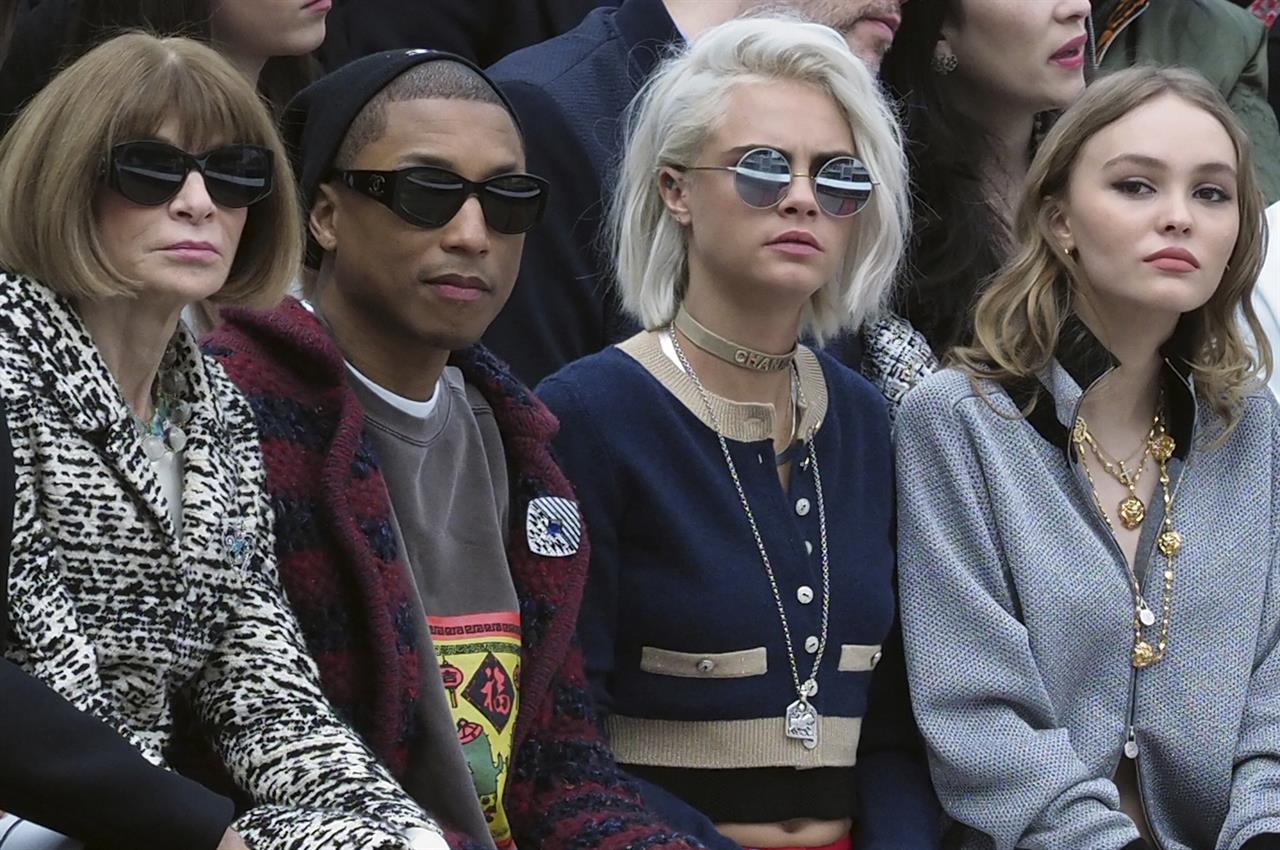
Mallis and CFDA put the runway shows under tents in one location–midtown Manhattan’s Bryant Park. It was also the first fashion week with corporate sponsors, including General Motors, Clairol, Evian Water, Vogue, Bazaar, Elle, and Prescriptives. During her 19-year tenure at CFDA, Mallis helped to change the face of the American Fashion Industry. Since then, NYFW has switched locations and evolved to embrace the power of social media. Mallis says the allure and relevance of the live shows will be compromised by COVID-19 but feels the in-person events are still an important part of business, “It creates an excitement and a buzz and lots of news and generates a lot of interest. And it makes careers, breaks careers. So, yeah, there’s a relevancy to it, and we’ll see this coming fashion week how that’s translated as the majority of the presentations will be digital.”
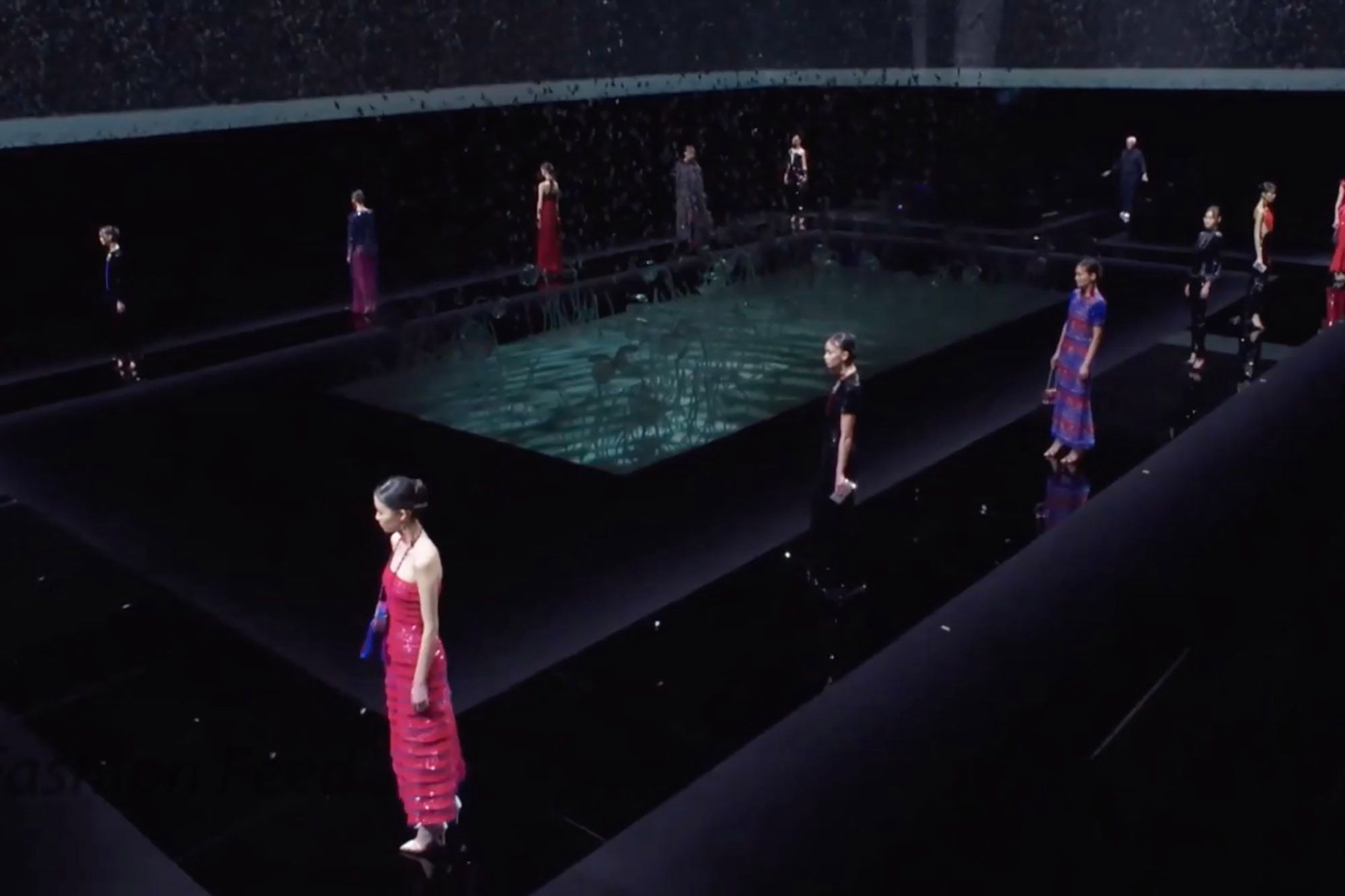
Fashion designer Bibhu Mohapatra has been attending NYFW since he launched his namesake brand in 2009. His success has led him to collaborate with A-List women such as Michelle Obama, Glenn Close, J-Lo, Viola Davis, Gwyneth Paltrow, to name a few. This year Bibhu Mohapatra has decided not to show his spring collection with a live runway show, “I was not going to do a live show because to me it’s really, I think, off note. For me, I think I can tell a better story about this collection and my craft if I created content that I can sort of broadcast through my social media and all the channels that I have available through CFDA and IMG.” But, he says, “Will I miss the energy that happens during the live runway shows and the backstage energy and room full of people? Yes. But, that’s how things were, but now it’s a new field.” Mohapatra was forced to reimagine his spring collection during the lockdown and will premiere his creations during NYFW with a film, “The film has a sort of very strong narrative and speaks to our time that we are going through right now, I feel and I hope that it will resonate as we populate the content on September 16th, worldwide.”
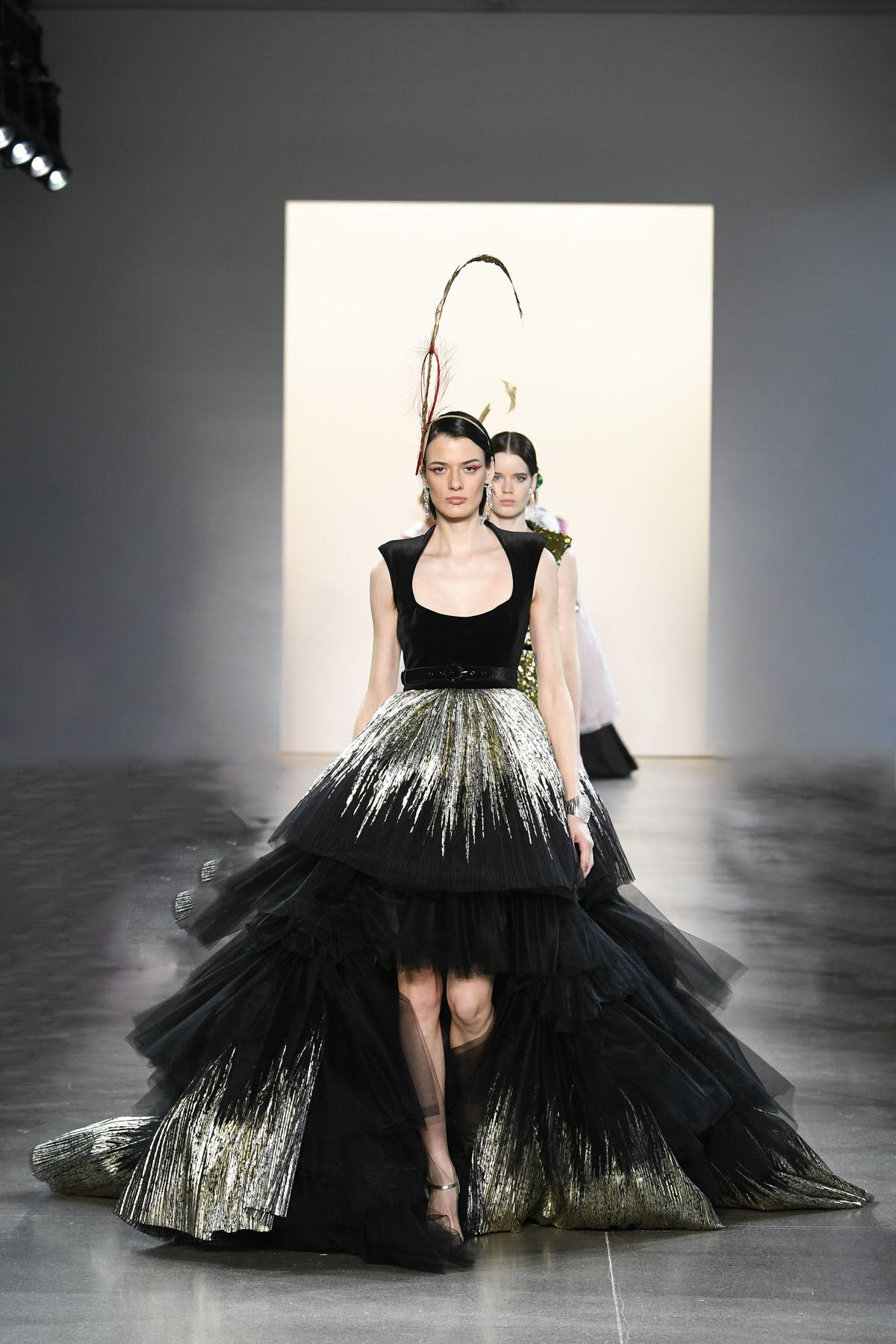
On Sunday, September 13th, Fashion Week begins with 60 presentations listed on the official calendar. Some of New York’s most prominent names like Michael Kors, Tory Burch, Brandon Maxwell and Marc Jacobs have opted out. Of this small group of 60, Jason Wu will do a show on an outdoor garden rooftop and Rebecca Minkoff will also hold an in-person event. It will look nothing like the previous packed runway shows. The strict attendance guidelines leave everyone to wonder who got an invitation and if they will show up. Peter Arnold has been part of the fashion industry as a former Executive Director of the CFDA and CEO of notable brands–John Varvatos and Cynthia Rowley. He is now the Executive Director of the Fashion Scholarship Fund. He said the audience would likely be “Some curated group that a brand feels is representative of what the message is they want to convey. Whether it’s a group of influencers, where it’s a group of editors, where it’s a group of folks just from the “real world,” I think it’s probably an opportunity to convey more clearly the audience that you think is important to you.”
It has been said that if you’re not seated in the first three rows at a show during Fashion Week, you might as well stay home. This season, everyone is at home and the coveted front row, that golden ticket reserved only for the fashion elite, will be available to everyone. “I am a big proponent of democratizing what happens in a tent in a venue to which may be a couple of hundred people are invited, and of that number even less are in the front row,” said Arnold. “Here’s an opportunity to convey what you want on a runway to an audience, each of whom is going to feel as if they’re on the front row because somehow they’re looking at it virtually. That’s a win.”
New York Fashion Week, September 13-17, 2020.

